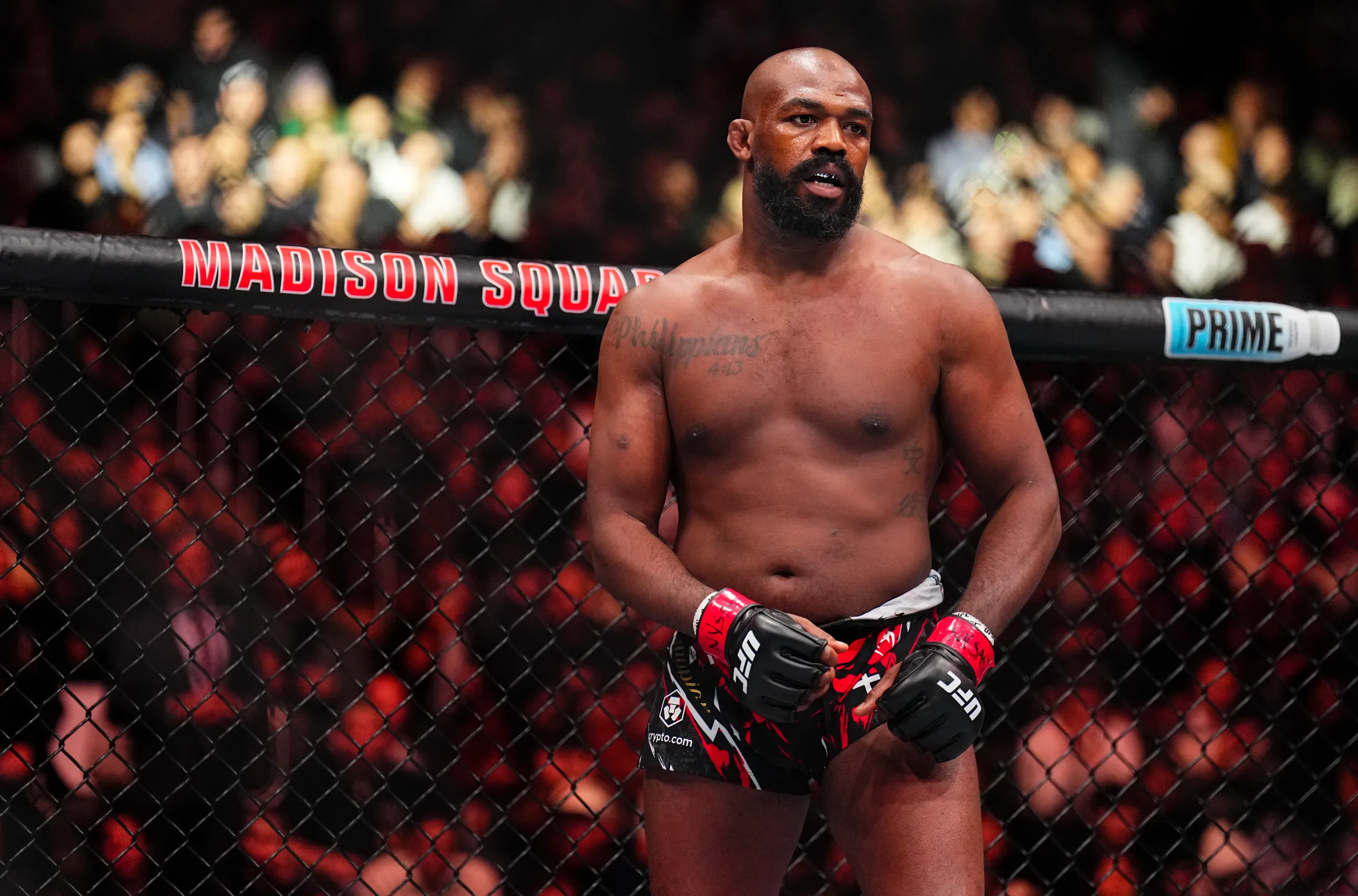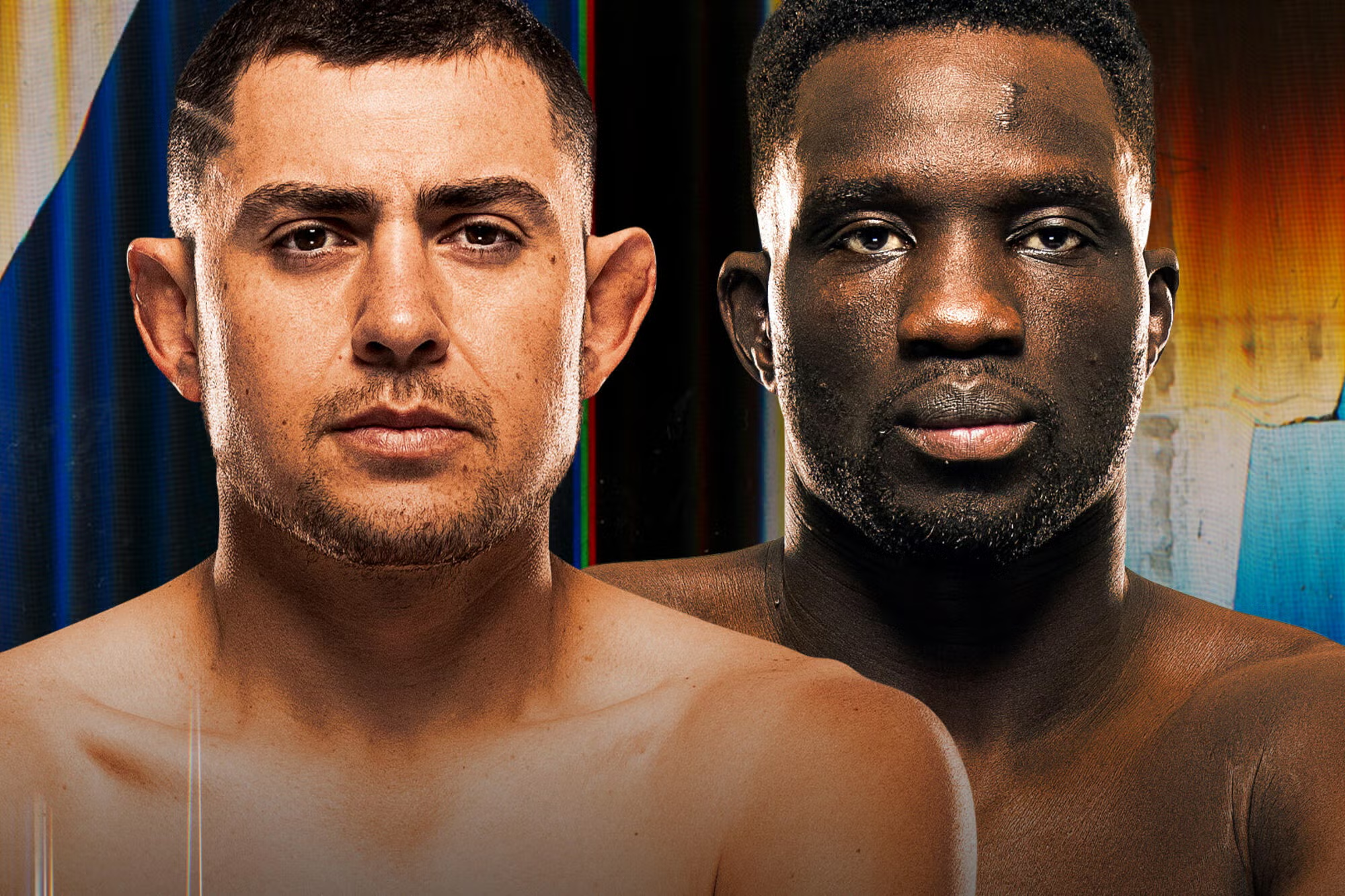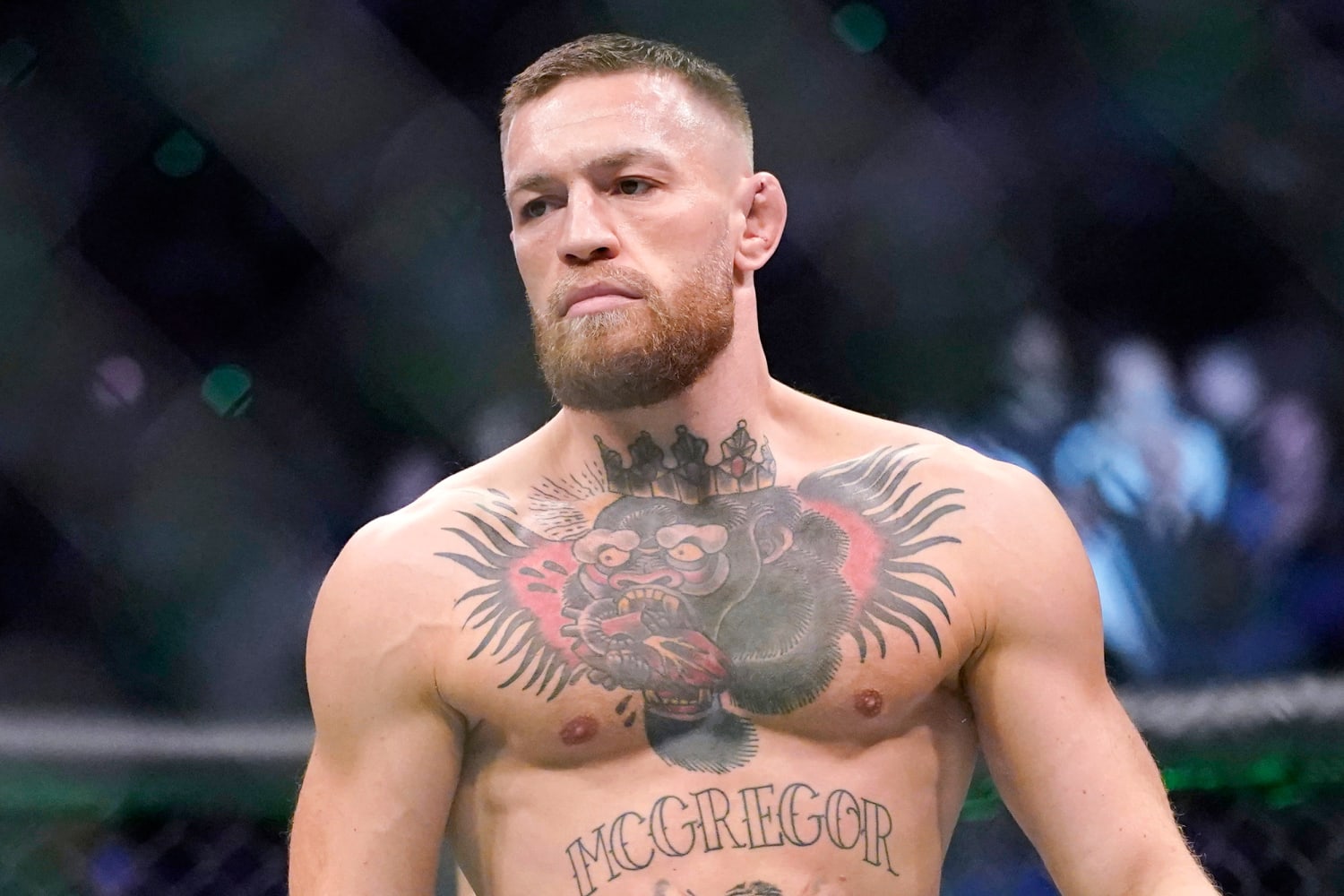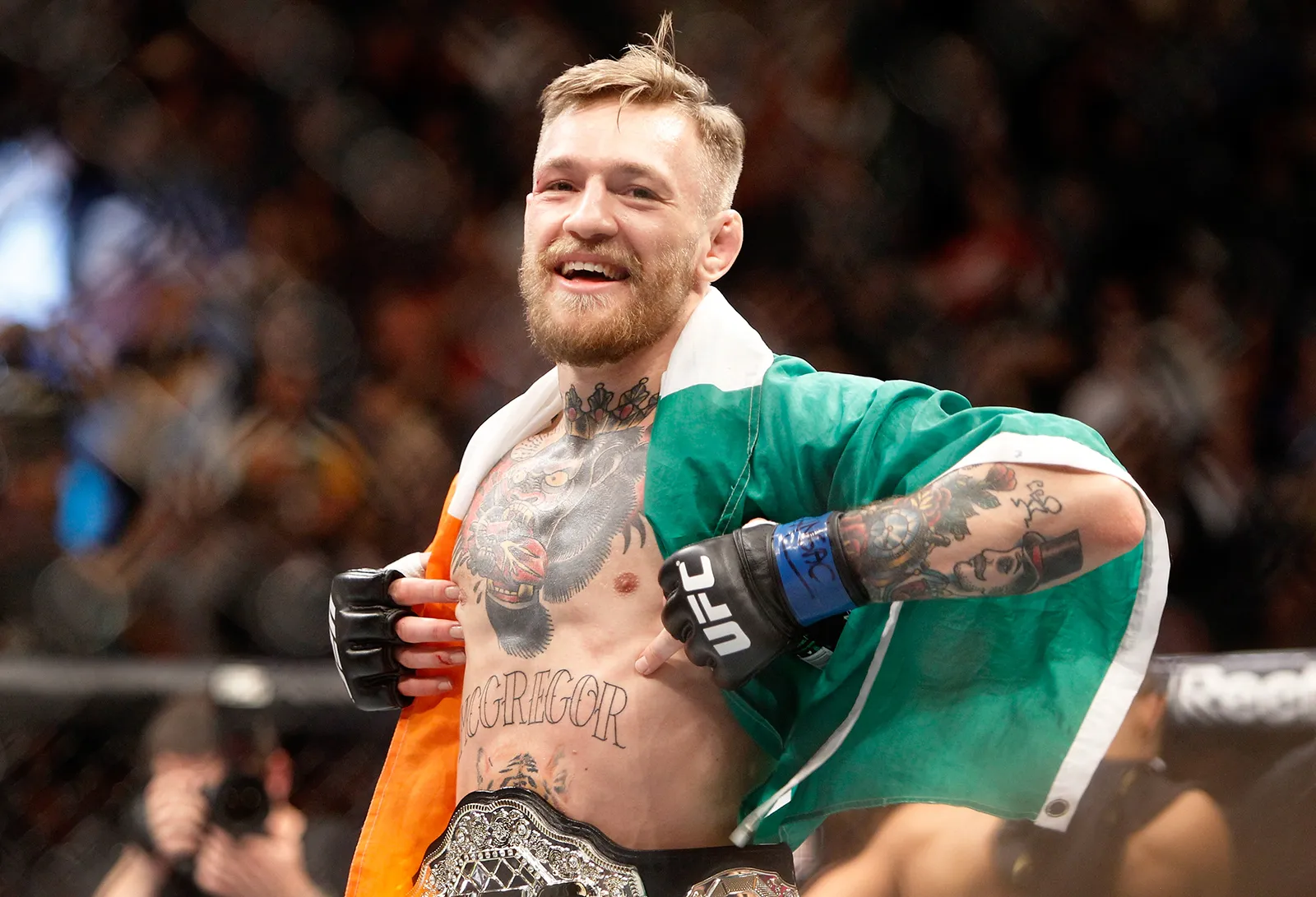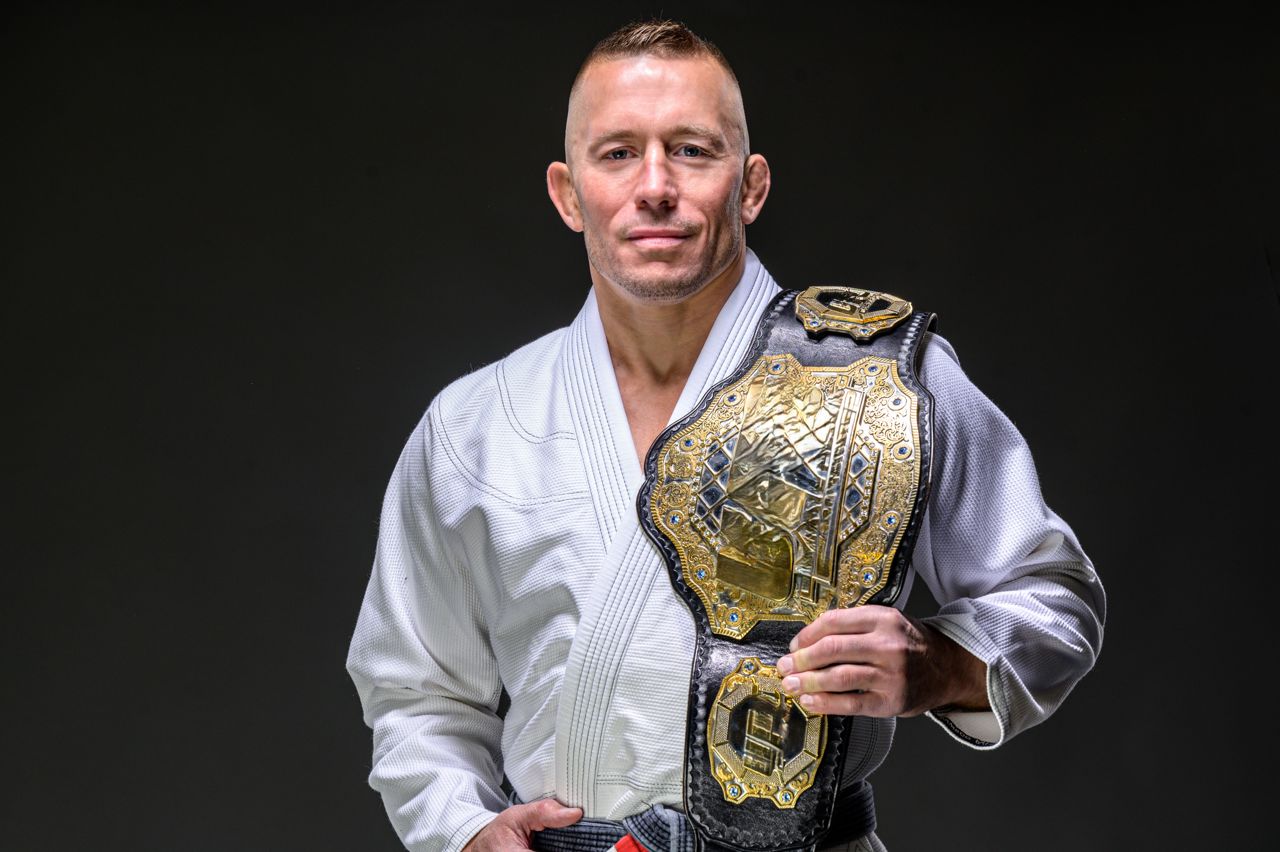How Jon Jones changed MMA forever
From raw talent to tactical genius
When Jon Jones entered the UFC in 2008, the light-heavyweight division was ruled by brawlers and power strikers. Within two years, the young New Yorker introduced something entirely new: composure. He fought as if he were conducting an experiment. Every feint was data, every exchange a test. That scientific approach to fighting forced analysts, coaches, and future champions to think differently.
Jones blended wrestling, range control, and creativity with a calculated rhythm rarely seen before. The spinning elbows, oblique kicks, and stance switches weren’t improvisation; they were geometry. By the time he became the youngest UFC champion in 2011, the sport’s technical baseline had already shifted. Fighters studying him realized that physical gifts weren’t enough — they needed pattern recognition and fight IQ to survive.
The blueprint for strategic dominance
Jones’ dominance from 2011 to 2020 redefined how champions defended titles. Each opponent required a new, customized plan: smothering pressure against Rashad Evans, long-range attrition versus Glover Teixeira, and patient countering in his rematch with Alexander Gustafsson. His adaptability became the modern archetype for “smart violence.”
That era birthed a generation of fighters — Kamaru Usman, Israel Adesanya, and Tom Aspinall — who openly cited Jones as the model for multi-phase game planning. Today’s athletes use analytics and tactical modeling largely because Jones proved their value in practice.
Making reach and leverage an art form
Before Jones, reach was considered a defensive advantage. He turned it into offense. His 84-inch wingspan became a dynamic weapon: jabs disguised as range finders, elbows that landed before opponents even saw the opening. He taught taller fighters to control space proactively rather than retreating from it. The “Jon Jones frame” — long stance, heavy on the lead leg, with side-kick barriers — remains common in modern MMA gyms worldwide.
Psychology and control: the invisible edge
Perhaps Jones’ most underrated contribution was emotional control inside the cage. He fought without panic. Even when bleeding against Gustafsson or tired against Reyes, his body language never changed. That calm under fire shifted how fighters train mentally. Visualization, mindfulness, and repetition drills — now standard — became mainstream in part because of how Jones carried himself under pressure.
Outside the Octagon, he was more volatile, but that contrast made him human. His ability to refocus after chaos — coming back from suspensions or criticism to reclaim gold — proved that composure can be trained, not just inherited.
Expanding the idea of what MMA could be
When Jones moved to heavyweight in 2023, critics doubted he could adapt. After three years away, he returned and submitted Ciryl Gane in under two minutes. Two decades earlier, a layoff that long would have ended a career. Instead, Jones demonstrated that technical range and mental preparation could outlast age and inactivity. The victory symbolized MMA’s shift from brawling to professionalism — a sport of systems rather than instincts.
That success paved the way for cross-divisional careers. Fighters like Alex Pereira and Khamzat Chimaev began openly planning multi-weight runs, citing Jones as proof that calculated adaptation could conquer size disadvantages.
The business ripple effect
Jones wasn’t a marketing phenomenon like Conor McGregor, but he changed the economics of dominance. His sustained championship reign created continuity — a storyline that kept fans invested for nearly a decade. Pay-per-view data from 2011–2015 showed record retention rates for repeat title defenses, convincing the UFC that long-term champions could drive growth as effectively as trash talkers.
He also helped professionalize training environments. Sponsors, sports-science departments, and analytics teams began partnering with MMA camps to emulate the Jackson-Wink structure that produced Jones. In effect, he turned MMA gyms into think tanks.
Redefining greatness and imperfection
Jones’ legacy is inseparable from controversy — failed tests, arrests, suspensions. But paradoxically, those flaws deepened his myth. They sparked debates about morality and talent, about whether greatness can exist independent of perfection. His comeback in 2023 and retirement in 2025 framed him not as untouchable but as real — a man who wrestled with his own shadow and still delivered brilliance under pressure.
That complexity reshaped how fans judge athletes. Today, discussions about the GOAT include nuance: skill, longevity, and human fallibility. Jones forced the sport to mature emotionally as well as technically.
Legacy after retirement
Jon Jones retired officially on June 21 2025, vacating his heavyweight title. Tom Aspinall was named undisputed champion, marking a generational hand-off rather than a dethroning. Yet the new era continues to revolve around Jones’ shadow. Aspinall, Jiri Procházka, and Jamahal Hill all reference his fight IQ in interviews. The blueprint he wrote still defines what “complete” means.
Even in retirement, Jones remains a figure of fascination. His occasional posts about returning keep the community speculating. But whether he fights again or not, his influence is locked in the sport’s DNA — in how fighters manage distance, prepare strategically, and chase personal evolution.
Technical innovations attributed to Jon Jones
- Oblique kick system: Adapted from taekwondo and savate to stop forward pressure.
- Frame elbow transitions: Short-range elbows replacing hooks in clinch breaks.
- Angle resets: Using stance switches to pivot rather than retreat.
- Long-guard trapping: Hand-fighting for distance control before striking.
- Fight-IQ sequencing: Testing opponents early to exploit reactions later.
The GOAT debate, revisited
By traditional metrics — record (28-1-1 NC), title defenses (15), and quality of opposition — Jones sits atop most all-time lists. Georges St-Pierre and Khabib Nurmagomedov share the conversation, but none faced generational turnover like Jones did. He defeated wrestlers, strikers, and hybrids across 15 years. Every time the division evolved, he evolved faster.
Even critics acknowledge that “post-Jones MMA” feels different. Rules, judging criteria, and training standards shifted partly because of how he exposed gaps in the system. The 10-point-must era gave way to control metrics; cage-craft analytics became a legitimate coaching tool. Jones didn’t just win fights — he updated the operating system of MMA.
Philosophy of control
Jones once said, “Control is everything — distance, pace, emotion.” That sentence summarizes his entire career. He proved that control wins championships more reliably than chaos. The new wave of champions — from Leon Edwards to Islam Makhachev — mirror that ethos. Calm is now a weapon.
FAQ
When did Jon Jones retire?
He announced his retirement on June 21 2025 after defending his heavyweight title against Stipe Miocic at UFC 309. The UFC then elevated Tom Aspinall to undisputed champion.
What is Jon Jones’ official record?
28 wins, 1 loss (by DQ vs Matt Hamill), and 1 no contest. He was never knocked out or submitted.
Is a comeback possible?
What makes Jon Jones’ style revolutionary?
His integration of range management, clinch control, and adaptive tactics across multiple eras. He used intelligence, not just athleticism, to dominate.
How did Jon Jones change modern training?
He encouraged data-driven preparation, mental conditioning, and cross-disciplinary experimentation — practices now standard in elite MMA camps.
MMAailm.ee is a premier MMA blog committed to delivering comprehensive analysis, up-to-the-minute news, and exclusive insights into the global landscape of mixed martial arts. Catering to passionate MMA enthusiasts worldwide, MMAailm.ee covers everything from fight night breakdowns and athlete performances to technical evolutions and behind-the-scenes narratives. Our mission is to bridge the gap between fans and the ever-evolving world of MMA through timely information and engaging content.
Latest articles
-
How Jon Jones changed MMA forever
-
Jon Jones record and biography: the most dominant fighter in UFC history
-
UFC Fight Night Garcia vs Onama preview: start times, full card, keys to victory
-
How Conor McGregor changed MMA forever
-
Conor McGregor record and biography: from Dublin dreamer to UFC global icon
-
How Georges St-Pierre changed MMA forever


